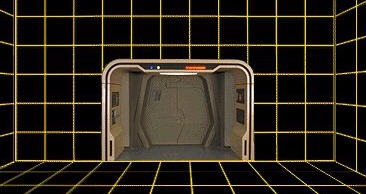Virtual Reality Education and Flying Cars

The Holodeck
People love to use the prediction that we would all be using flying cars by the 21st century as an example of a future technology that never happened. Remember how virtual reality and the augmented reality was going to change everything? So far, it's not.
Last summer, Pokemon Go was huge and even though many people would dismiss it as a silly game, it was AR and seemed like it might change gaming and who knows what else. The promise, or perhaps more accurately the potential, of VR in education is also a popular topic.
We know that the Internet enabled students to access materials from other institutions and to travel to distant places for their research. Virtual reality may one day change the ways in which we teach and learn. That has me thinking about "virtual reality education" - something I imagine to be unbound by physical spaces like classrooms or campuses and time.That sounds like online learning, but it would be beyond the online learning.
Remember the "holodeck?" Originally, it was a set from the television series Star Trek where the crew could engage with different virtual reality environments. It came back into my view with Janet Murray's book Hamlet on the Holodeck: The Future of Narrative in Cyberspace. She considered whether the computer might provide the basis for an expressive narrative form in the way that print technology supported the development of the novel. In the 20th century, film technology supported the development of movies.
And remember virtual worlds like Second Life and Active Worlds? I knew a number of educators and schools that made a real commitment to its use in education. I don't know of any of them that are still using virtual worlds.
I'm hopeful that VR, AR, or some version of a holodeck or virtual world will some day enhance education, but so far, I'm still operating in Reality Reality.

